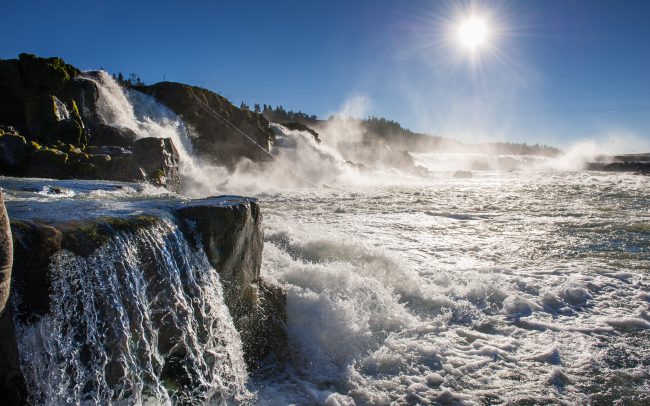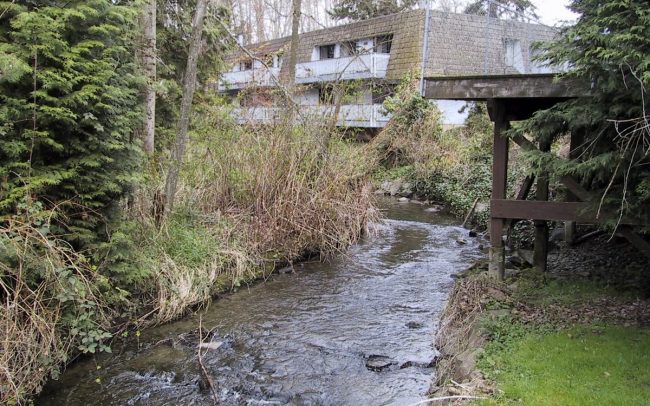Devastation and levee failures in the Mississippi Delta following Hurricane Katrina have heightened our awareness of maintaining levee integrity in areas closer to home. As part of ongoing levee maintenance in the Sacramento-San Joaquin River Delta and along the Sacramento River system, the U.S. Army Corps of Engineers (USACE) and the Department of Water Resources (DWR) have identified and repaired numerous erosion sites to ensure flood protection levels. Stillwater has repeatedly supported the development of environmental permitting documents, specifically evaluating project impacts on threatened and endangered species.
Regulatory support to the Army Corps
Stillwater has developed Biological Assessment (BA) and Environmental Assessment/Initial Study (EA/IS) documents to support the design and implementation of the levee repairs at over 50 sites. Stillwater additionally completed a Programmatic Biological Assessment for the entire Sacramento River Bank Protection Project (SRBPP) action area to evaluate potential impacts to biological resources using a variety of design, mitigation, and compensation alternatives.
Standardized assessment of potential impacts
Stillwater developed and used a standardized assessment methodology (SAM) to predict and quantify the effects of site-specific SRBPP levee repair actions on threatened and endangered fish species—Chinook salmon, Central Valley steelhead, delta smelt, and green sturgeon. Stillwater has applied the SAM to evaluate project impacts at over 70 bank repair and mitigation sites.
Update of GIS revetment database
We also conducted a comprehensive survey and mapping effort to update the existing USACE GIS revetment database—an invaluable tool for initial habitat assessment as well as sampling designs for fish habitat use and riparian vegetation monitoring.









